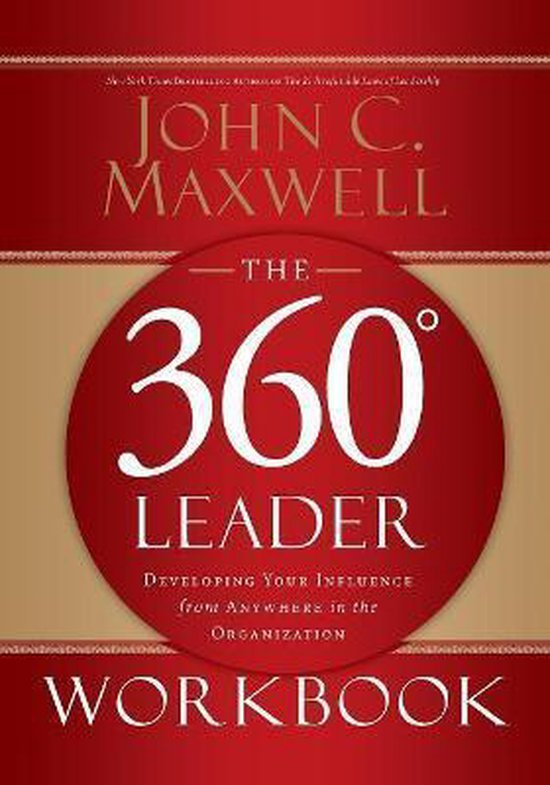
Organizational Behavior Management - An introduction
Summary This book is about achieving behavioral change in organizations. It provides a specific, practically applicable answer to the ‘how’ question of behavioral change, based on scientifically validated principles. This distinguishes this book from many other management books. Organizational Behavior Management, or OBM for short, is the field that deals with behavioral change in organizations. Some prefer to speak of ‘targeted behavioral influence’. OBM is not about changing people, nor is it about manipulating people. It is about changing the environment in which people behave. The goal is to create working conditions that inspire and motivate people to deliver peak performance. Leaders play an important facilitating role in creating and maintaining such working conditions. Applying OBM principles properly makes people happy to perform well every day. That's fun for everyone; it creates an absolute ‘win-win situation’. People exhibit, or display observable behavior all day long. Sometimes people emit outright unwanted behavior. Others just don't do what we agreed upon, or don’t do what they learned in training. Many organizations suffer from clumsy, unwanted, or even dysfunctional behavior in the workplace. For example in the form of ‘pocket veto’ and ‘saying yes, meaning no’, victim behavior, avoidance behavior or escape behavior. Analyzing observable behavior, for example, answers the following questions: • "Why are we now specifically emitting this behavior and not other behavior?" • "How do you get people to want to behave differently?" This book gives answers to these questions and provides executives and other influencers with a solid and evidence-based approach for dealing with behavioral, performance and motivational issues.
| Auteur | | Robert den Broeder |
| Taal | | Engels |
| Type | | Paperback |
| Categorie | | Managementboeken |





